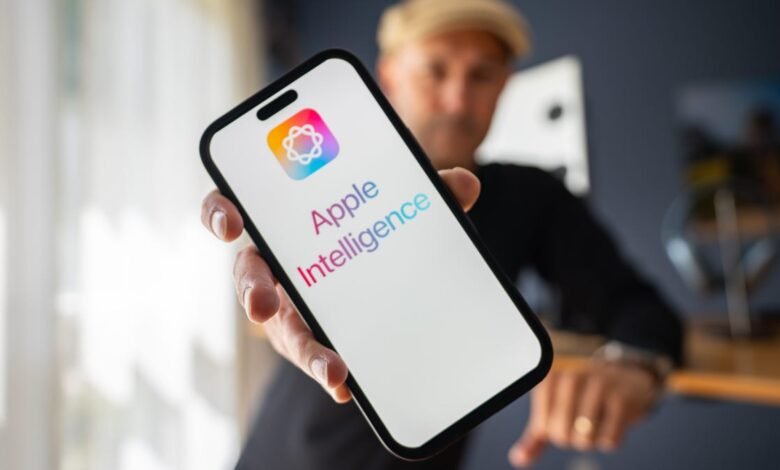7 AI Features We Want to See in the iPhone 17

▼ Summary
– The Google Pixel 10’s deeply integrated AI features highlight potential vulnerabilities for the upcoming iPhone 17, particularly in camera and system-level AI capabilities.
– Apple could partner with leading AI services like OpenAI’s ChatGPT or Anthropic’s Claude to enhance Siri and integrate features such as voice assistance and deep research.
– Google’s new AI camera innovations, including Pro Res Zoom and Best Take, set a high bar for computational photography that Apple must match or exceed.
– The Pixel 10’s Magic Cue and conversational photo editing demonstrate advanced, privacy-conscious AI integration that Apple currently lacks in its ecosystem.
– Apple lags in language support for translation features and must expand its offerings to compete with Google and other AI-driven devices and apps.
The upcoming iPhone 17 faces a pivotal moment as competitors like Google’s Pixel 10 showcase deeply integrated artificial intelligence features that elevate user experience beyond standalone apps. While iPhones already host many of the world’s leading AI applications, the real advantage lies in system-level implementation, something Apple must prioritize to remain competitive.
ChatGPT’s Voice Mode offers a conversational interface that feels more intuitive than Siri. Users speak naturally, receiving answers, information, and even task execution without rigid commands. Although it can be assigned to the Action Button, its current limitations prevent deeper interaction with core iOS functions like calendar, messages, or settings. A partnership with OpenAI or a native Apple equivalent could unlock seamless, privacy-focused integration across the device.
Google’s Pro Res Zoom on the Pixel 10 Pro addresses a longstanding weakness in smartphone photography. By using computational imaging to enhance digital zoom up to 100x, it reduces the need for dedicated camera gear. This approach challenges traditional photography norms and positions Google as a leader in AI-powered imaging, a space where Apple has both the capability and incentive to compete.
Magic Cue, introduced with the Pixel 10, uses on-device intelligence to streamline interactions across apps. For instance, it can surface reservation details from an email directly within a text conversation, eliminating app-switching. While Google leverages its Tensor chip for local processing, Apple’s strong privacy stance could make a similar feature more appealing to users wary of data misuse.
Anthropic’s Deep Research tool allows users to pose complex questions and receive well-sourced, accurate answers after a brief processing period. Integrating this capability into Siri would transform the assistant into a powerful research tool, capable of handling detailed inquiries through voice or text prompts. Given reported discussions between Apple and Anthropic, this collaboration seems increasingly plausible.
Google Photos’ Best Take and Add Me features solve common group photo frustrations by merging multiple shots into one ideal image or digitally inserting the photographer. These tools rely on computational photography and machine learning, areas where Apple already excels. Licensing the technology or developing an in-house version would significantly enhance the iPhone’s camera appeal.
Language support remains an area where Apple trails behind. While services like Google Translate support over 100 languages, Apple Translate currently handles only 20. Expanding this through large language models would improve real-time translation in calls, messages, and visual contexts, making the device more accessible and useful globally.
Finally, conversational photo editing allows users to describe desired changes, like removing glare or shifting a subject, with the AI executing those edits automatically. This feature lowers the barrier to advanced photo manipulation and could become hugely popular if implemented with Apple’s signature ease of use and attention to detail.
To avoid falling behind, Apple must accelerate its integration of sophisticated AI tools directly into iOS. The gap between standalone apps and deeply embedded features is widening, and the iPhone 17 will need to bridge it to retain its reputation as an industry leader.
(Source: ZDNET)





